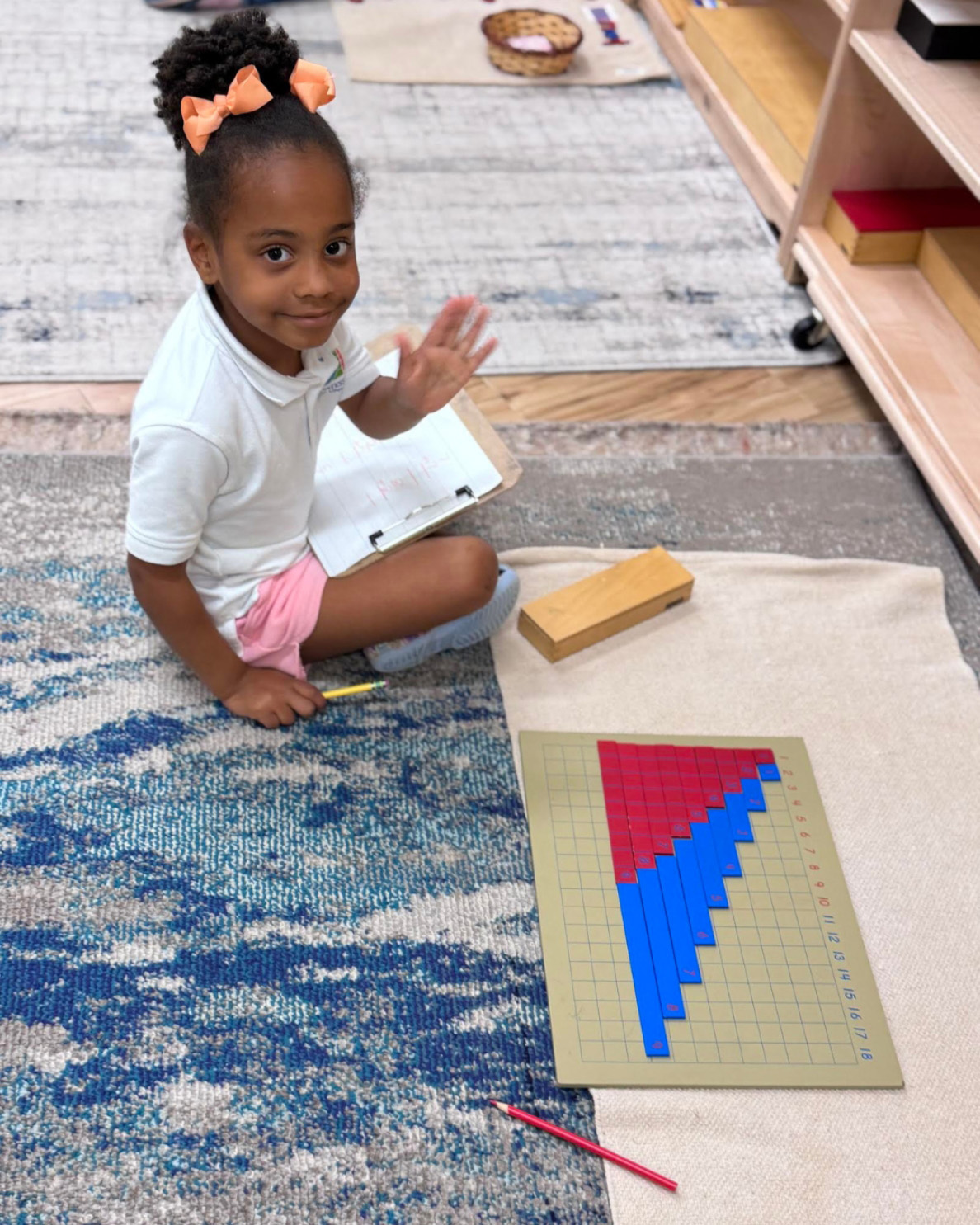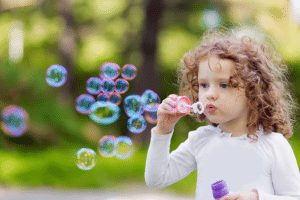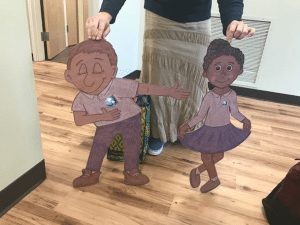Why Gratitude Matters in Early Childhood
Preschool is often the first time children begin to see themselves as part of a larger community. Gratitude grows naturally when children notice how others contribute to their daily life. In Montessori classrooms, gratitude is not taught as a one-time lesson but cultivated through everyday routines, respectful interactions, and mindful practices.
Gratitude Through Practical Life
Montessori Practical Life activities are some of the most powerful tools for teaching gratitude. When children prepare snack, pour water, or sweep the classroom, they begin to see the value of contributing to others. A child might slice fruit and share it with a friend, experiencing firsthand the joy of giving. By repeating these acts of care, children learn to appreciate both their own efforts and the efforts of those around them.
Classroom Routines that Encourage Thankfulness
Montessori classrooms are carefully prepared environments where gratitude is woven into daily structure. Teachers model thank-you gestures when a child offers help or shares a material. Students return materials neatly to the shelf so the next child can enjoy them, creating a cycle of respect. Circle time often includes reflection, where children share something they are thankful for, whether it is a friend’s kindness or the beauty of a classroom plant in bloom.
Reggio Emilia Influence: Reflecting on Connections
The Reggio Emilia philosophy, which MKU integrates alongside Montessori, emphasizes reflection and expression. Teachers may invite children to create gratitude journals with drawings of people or things they value. Group projects often include moments of pause where children recognize how each person’s role helps the whole community. These practices strengthen empathy and help children see gratitude as part of relationships, not just polite words.
DaVinci Kids: Gratitude Through Creativity
Our DaVinci Kids enrichment program brings gratitude to life through art and storytelling. A class might build a “gratitude tree,” where each child adds a leaf with a drawing or word of thanks. Music activities often include songs that celebrate community, reinforcing the idea that gratitude can be shared in many languages beyond speech. These creative outlets give children new ways to express appreciation.
How Parents Can Support Gratitude at Home
Gratitude grows even stronger when reinforced at home. Parents can encourage simple rituals, such as asking at dinner, “What was something you were thankful for today?” Offering children opportunities to help with real tasks, like folding laundry or setting the table, also builds awareness of contribution and appreciation. Small, consistent habits help children connect gratitude between school and home.
Why Montessori Gratitude Feels Different
In many early education settings, gratitude might be taught through scripted lessons or holiday crafts. With more intentionality, gratitude is a living part of the classroom culture at MKU. Children learn not just to say “thank you,” but to recognize acts of kindness, to contribute meaningfully, and to reflect on their place in a community. These experiences help children see gratitude as part of who they are, not just what they say.
Seeing Gratitude in Action
From a toddler carefully pouring water for a friend to a primary student reflecting on a group art project, gratitude in Montessori preschool is visible in daily moments. These experiences shape children into compassionate individuals who value community and kindness.
Find a Montessori Kids Universe location near you to see how our Montessori preschool classrooms nurture gratitude, independence, and respect in every child.


